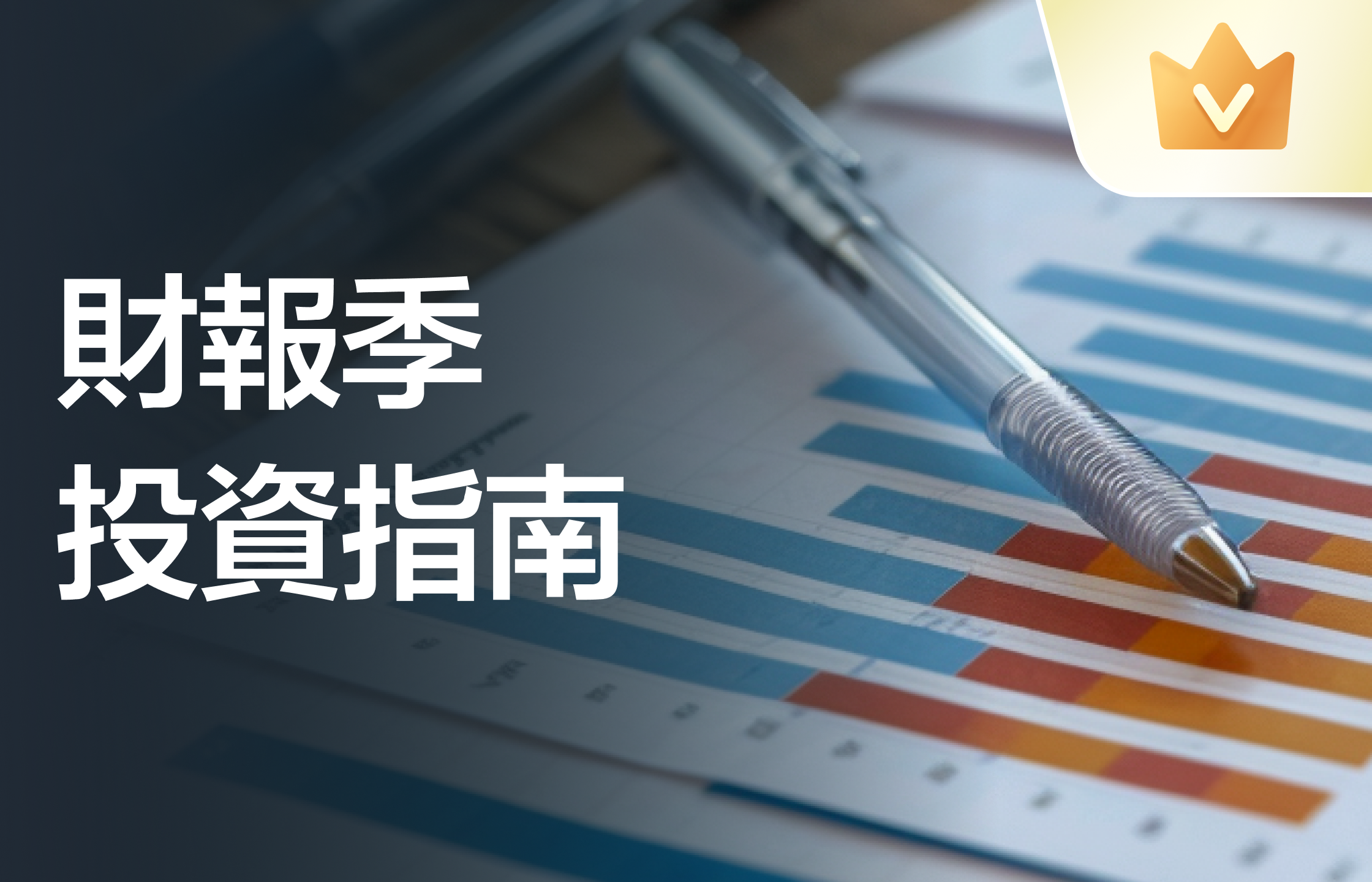事件描述
公司披露3 季報,2024 年前三季度公司營業收入681.50 億元,同比下降31.27%,淨利潤爲51.98 億元,同比下降40.05%。第三季度歸屬於上市公司股東的淨利潤爲18.73 億元,同比減少15.13%。
事件評論
 行業層面需求依然是核心制約。整體宏觀環境承壓,導致投資端依然較爲疲弱。2024 年前3 季度房屋新開工面積同比下降22.2%;基礎設施投資(不含電力、熱力、燃氣及水生產和供應業)同比增長4.1%,低於去年全年5.9%的增長水平。2024 年前三季度全國水泥產量13.27 億噸,同比下降10.7%;其中7/8/9 單月水泥產量同比增速分別爲-12%、-12%、-10%。基於此,我們預計公司24Q3 單季度水泥銷量同比下滑幅度5%~10%,盈利能力環比基本持平。
行業層面需求依然是核心制約。整體宏觀環境承壓,導致投資端依然較爲疲弱。2024 年前3 季度房屋新開工面積同比下降22.2%;基礎設施投資(不含電力、熱力、燃氣及水生產和供應業)同比增長4.1%,低於去年全年5.9%的增長水平。2024 年前三季度全國水泥產量13.27 億噸,同比下降10.7%;其中7/8/9 單月水泥產量同比增速分別爲-12%、-12%、-10%。基於此,我們預計公司24Q3 單季度水泥銷量同比下滑幅度5%~10%,盈利能力環比基本持平。
期待24Q4 漲價彈性落地。9 月底-10 月初,長三角市場提漲100 元/噸。此次漲價核心契機還是盈利底部背景下,企業協同態度的強化體現。長三角提價今年雖然經歷過4 次(4月、5 月、7 月、9 月)不及預期,市場對本次漲價落實亦將信將疑。本次提價和前幾次的不同點在於:1)需求發生在旺季。對水泥企業而言,4 季度是一年最大旺季,需求一般會環比改善5%-10%;利潤佔比全年較高,企業提價的動能更強。2)供給限產力度更大。過往來看,南方市場錯峯大多數是在淡季進行。此次9 月27 日至10 月31 日生產線停產12 天,屬於旺季錯峯,力度超預期,同時龍頭配合力度更大;同時,湖北地區10 月預計也會進行停產進行配合。3)單次提價幅度更大。單從漲價力度來看,此次長三角一次提價100 元/噸實屬罕見(僅在個別極端年份出現)。4)政策預期更清晰。
財政政策逆週期調節加大,利好水泥等建材細分品類。財政部會議明確提出化債新要求,我們認爲,一是能減少利息支出,二是打開中期槓桿空間,有利於基建需求環比改善。延續此前框架,長三角市場是開放市場,協同需要考慮的因素和麪臨的壓力也較多,因此難度也較大,如果價格能夠較好落地,一定需要更大力度協同配合。考慮到區域企業的盈利現狀、市場環境等變化,我們認爲本次漲價大概率可以落地,目前跟蹤來看,不同區域落地情況不一,基本在50-100 元不等。對企業24Q4 單季度業績有望帶來一定增厚。
此外,也需要密切關注行業供給端重要變化:1)超產治理帶來部分小產能退出和供給再壓縮。過往,部分企業通過技改和不合規產能置換實現裝備升級,通過超產運行,進而對全行業錯峯生產帶來一定破壞,2024Q3 開始,行業針對超產治理進行一定規範化,需要通過補指標方式對企業進行約束,進而一定程度實現部分產線出清。2)碳交易帶來中小企業成本增加,協同意識強化。對水泥企業而言,可能部分小企業可能面臨外購碳指標導致成本有所增加,在當前盈虧壓力較大背景下,有望倒逼其更加積極參與市場價格維護。
預計公司2024-2025 年業績爲83、85 億,對應PE 爲17.1、16.7 倍,買入評級。
風險提示
1、需求復甦不及預期;
2、骨料等外延進度緩慢。

 行业层面需求依然是核心制约。整体宏观环境承压,导致投资端依然较为疲弱。2024 年前3 季度房屋新开工面积同比下降22.2%;基础设施投资(不含电力、热力、燃气及水生产和供应业)同比增长4.1%,低于去年全年5.9%的增长水平。2024 年前三季度全国水泥产量13.27 亿吨,同比下降10.7%;其中7/8/9 单月水泥产量同比增速分别为-12%、-12%、-10%。基于此,我们预计公司24Q3 单季度水泥销量同比下滑幅度5%~10%,盈利能力环比基本持平。
行业层面需求依然是核心制约。整体宏观环境承压,导致投资端依然较为疲弱。2024 年前3 季度房屋新开工面积同比下降22.2%;基础设施投资(不含电力、热力、燃气及水生产和供应业)同比增长4.1%,低于去年全年5.9%的增长水平。2024 年前三季度全国水泥产量13.27 亿吨,同比下降10.7%;其中7/8/9 单月水泥产量同比增速分别为-12%、-12%、-10%。基于此,我们预计公司24Q3 单季度水泥销量同比下滑幅度5%~10%,盈利能力环比基本持平。